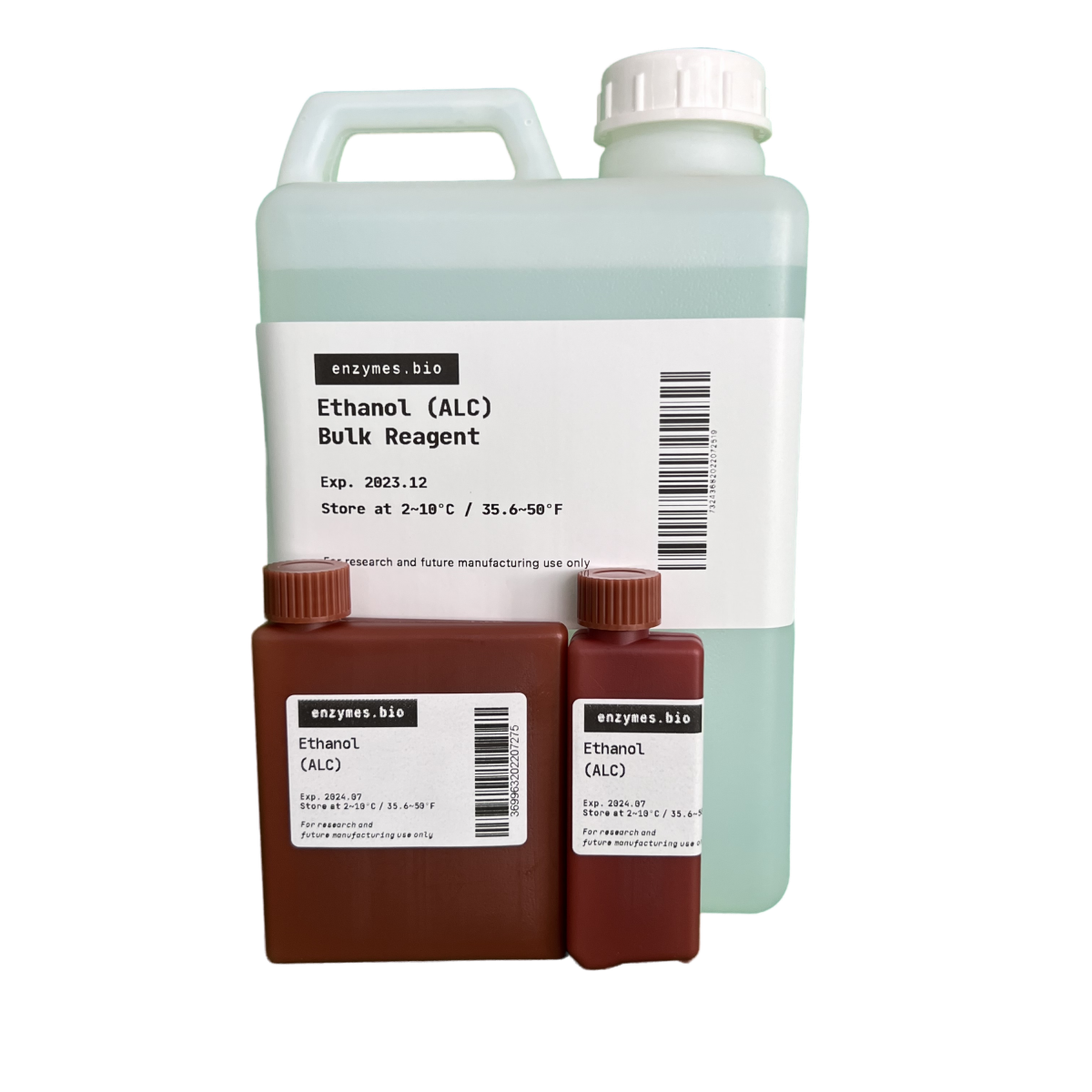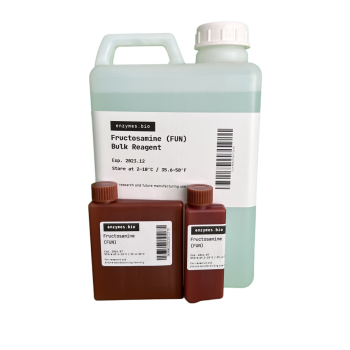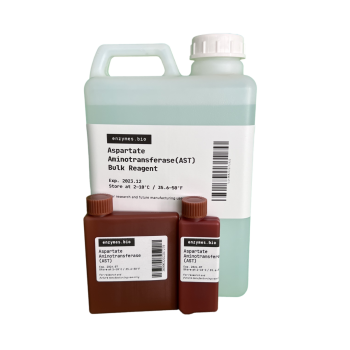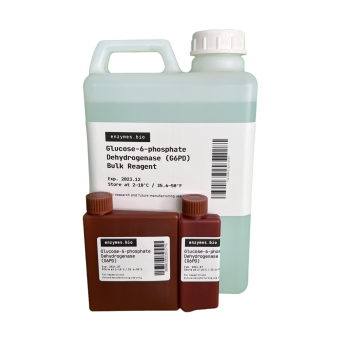Selling unit: per 100ml
Product Name
- Common name: Ethanol (ALC) assay kit (rate method)
- English name: ALC Reagent Kit (Kinetic Method)
Package Specification
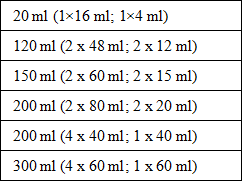
Intended Use
This kit is used to determine the amount of ethanol (ALC) in human serum.
The project is mainly used clinically to identify and diagnose acute ethanol poisoning, rescue ethanol poisoning and provide an important scientific basis for dealing with traffic accidents and forensic identification.
Test Principle
The rate of change of NADH absorbance was measured at 340 nm and its content was calculated.
ADH
Ethanol + NAD+ Acetaldehyde + NADH
Main Components
Reagent components included in the product.
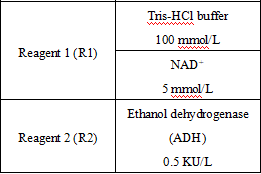
*Components are not interchangeable in kits with different lot numbers.
*Reagent components not included in the product, but necessary for the test: outsourced normal and abnormal QCs and calibrators.
Storage Conditions And Expiration Date
The kit is stored at 2-8°C away from light and is valid for one year.
Reagents that have been opened are careful not to be contaminated, and reagents are stable in the instrument compartment (2-8°C) for one month.
The reagents must not be frozen.
Applicable Instruments
Hitachi 7180/7600; Olympus AU680/2700; Toshiba TBA120; Myriad BS2000M/480; Siemens ADVIA 1800/2400 series automatic biochemical analyzers.
Sample Request
- For serum or heparin/EDTA/anticoagulated plasma specimens, the serum should be separated promptly after blood collection to avoid hemolysis. Specimens should be separated by centrifugation immediately after blood collection.
- The samples can be stored at room temperature (15-25°C) for 2 days, 2-8°C for 2 weeks, and -20°C for 4 weeks.
Test Method
- Reagent preparation: liquid reagents are ready to use out of the bottle.
- test conditions: (different parameters on the machine can be requested according to different testing instruments)

Operation steps.

Reagents and sample volumes can be increased or decreased in proportion to the requirements of different biochemical analyzers.
- Calibration procedure.
The use of matching calibrators is recommended.
- QC control procedures.
It is recommended that each laboratory establish its own quality control system and select appropriate quality control products for quality control. The measured values of QC products should be within the specified range. If outside the specified range, it is necessary to take appropriate measures or contact the manufacturer.
- Calculation.
Sample concentration = (ΔA样品 /min-ΔA空白 /min) × C标准 / (ΔA标准 /min-ΔA空白 /min)
Positive Judgment Value Or Reference Interval
0.2 to 4.1 mmol/L
It is recommended that each laboratory establish its own reference range of normal values.
Interpretation Of Test Results
Ascorbic acid ≤ 4.4 mg/dL, bilirubin ≤ 40 mg/dL, hemoglobin ≤ 500 mg/dL, and celiac disease ≤ 500 mg/dL do not interfere with this test.
Limitations Of The Test Method
The measurement of ALC in human serum is only one of the indicators used by the clinician to make a diagnosis of the patient. The clinician must also make a comprehensive judgment based on the patient’s physical symptoms, medical history and other diagnostic items and diagnostic tools.
Product Performance Index
Absorbance of reagent blank: wavelength 340 nm, optical diameter 1.0 cm, temperature 37°C, A0 ≤ 0.5.
Absorbance change rate of reagent blank: △A/min≤ 0.01 at wavelength 340 nm and optical diameter 1.0 cm.
Analytical sensitivity: the kit tests 4 mmol/L of the test substance, the absorbance change value ΔA ≥ 0.002.
Linearity range: test serum samples, reagent linearity in the interval of 0.2~21.7 mmol/L, linear correlation coefficient|r| should not be less than 0.990; in the interval of [0.2~4.0] mmol/L, the absolute deviation of linearity should not exceed 2 mmol/L; in the interval of (4.0~21.7] mmol/L, the relative deviation of linearity should not exceed ±10%.
Precision: repeatability CV≤ 8.0%; relative extreme difference between batches≤ 10.0%.
Accuracy: Relative deviation ≤ 10%.
Caution
- This product is for in vitro diagnosis only.
- Avoid contamination when using the reagent, the container used must be clean, and please take necessary precautions, do not swallow, and avoid contact with skin and mucous membrane.
- Please dispose of the measured samples and waste liquids in accordance with the relevant national and local laws and regulations.
- When changing the reagent lot number, the calibration should be re-calibrated.
- Do not mix kits of different lot numbers and reagents left after use.
- Requires each calibration. Recommend control measurements with non-drinking specimens.
- Do not disinfect blood collection with ethanol cotton balls and iodine.
Reference
- Clinical test protocols 2015 edition.
